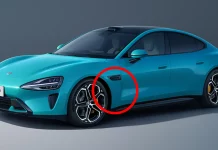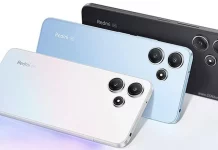We've unwrapped it, pressed it, played with it and done lots of other things with it, but one of its most important features hasn't been tested yet. Not the nut cracking, we'll leave that one out, we're a bit dubious after the folded phone. The camera, on the other hand, is a novelty, 48 MP hasn't fit in a Redmi or even a Mi yet. So let's see how the Redmi Note 7's super camera performs.
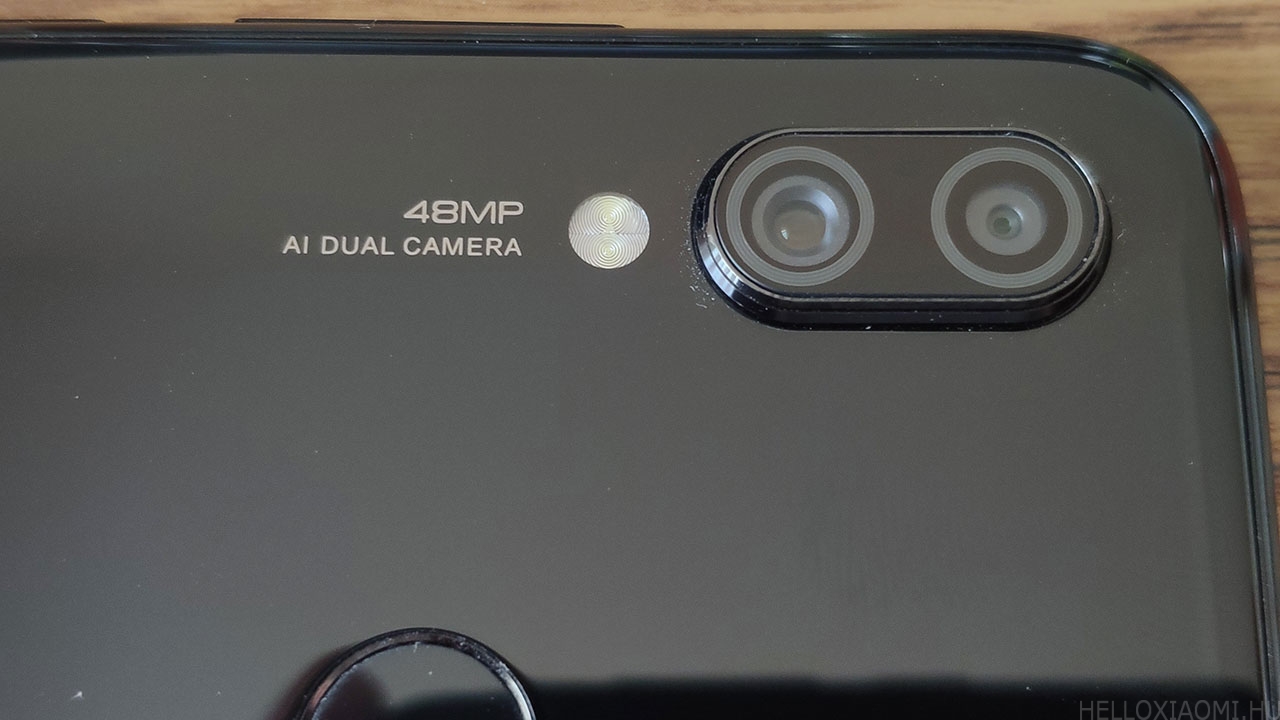
The Redmi Note 7's dual camera setup consists of a 48 MP and a 5 MP sensor. At full resolution, the 48 MP Samsung GM1 sensor doesn't produce better quality photos than an average 12 MP, it just has more pixels, but the noise level is almost the same, so there's no improvement in quality. The point here is that, thanks to the Quad Bayer arrangement of pixels, in normal 12 MP mode it can produce a much better, noiseless image than its normal counterparts.

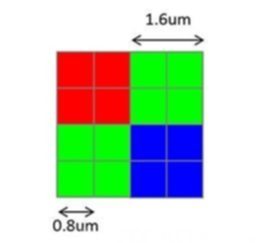
So, in normal mode, merging 4 pixels of 0.8 µm will result in a pixel size of 1.6 µm and will make images less noisy, even in low light or at night. Hence the Redmi Note 7's camera is capable of super night mode.
The camera records 12 MP images in normal mode. To take 48 MP pictures, you need to select the Pro, or manual menu in the camera app and turn on the option to use each pixel separately when shooting.
This feature almost only makes sense when the lighting conditions are at their best, with good studio lighting or sufficient sunlight. In the dark, it produces the same quality as any other camera, but with more pixels of noise.
The images and videos uploaded in this article are for information purposes only and can be found in pristine quality in the library below: https://drive.google.com/open?id=1wgqqKaEICsRF0PDoT9CX-qCzd88FZja6
The image on the left was taken in 48 MP mode, while the one on the right was taken in normal mode. You can already see the difference here, as pixel stacking can produce a better quality image in low light. More natural and richer in detail.
But even in normal light, you may not get a better picture. On the left, it's just a plain photo, while on the right it's 48 MP in Pro mode.
At night
In addition to taking normal photos, night mode can be used to further reduce the difference between the real image and the digitally captured image.
The first picture was taken with the normal setting, the second with the night function. In this case, there is less noise in very low light, but the quality is still very poor. Compared to the phone with the best camera, the Mi Mix 3:
Let's just add that the Mi Mix 3 costs at least twice as much, not because of the camera, but because of that.
On the other hand, if the sensor is exposed to enough light, the situation is not so bad, but there is still a qualitative difference between the normal and night mode.
Not that there's any problem with the normal pictures, they're still in the middle of the pack. This feature comes in handy for stills, and good quality isn't a big disadvantage when shooting video, which is quite good with a handheld camera in good light.
However, when you move the camera around, it's not so good, the image processing speed depends mostly on the processor, and the SD660 gets really hot when shooting.
And the Xiaomi Mi Mix 3 with SD845 processor processes the same...
Seven yes. That's what we get for 41.000 HUF (converted to Chinese price!). If all circumstances are patent, we can enrich our digitally captured experiences and memories with such images.
Normal AI - Night Super - With Flash
Don't use flash if you can help it, unless it's really dark or you want to see anything within 5 metres of the picture.
Daytime
There are no complaints about pictures taken in broad daylight. Under the right lighting or sunlight, you can take pictures with almost any Xiaomi phone from "tolerable" to "wow". True, the best stills are captured by the new dual camera devices, especially if they already have advanced camera software, artificial intelligence, etc. The Redmi Note 7 currently with the first stable release has not yet reached the level of what we would expect from a good phone in 2019, in my opinion. It's cheap, but good. Let's look at the daytime performance in still and moving images.
In normal shooting, the AI compensates well for colour, but with 48 MP resolution you get a more detailed image. Since the hyper-super pixel variation is less pronounced during daylight and measures almost the same amount of light, there won't be too much difference between the two images. The AI just recognises the nature of the image and adjusts the settings accordingly, giving a more lifelike and beautiful image when viewed full frame, but when zoomed in...
It copes well with strong backlighting, with good white balance in bright areas, but when zoomed out in shadowy and/or dark areas, the image is terribly pixelated. Lower right corner of the left image.
![]()
This is why the HDR function was invented, which can improve this somewhat. The problem there is that because of the "weak" hardware, you have to hold the phone for 1-2 seconds because it takes time to put together a less noisy, sharper, brighter image from several exposures in a row.
They are nice, though. I'm sure you can shoot better than this if you pay a bit of attention, or set it up properly in manual mode.
It doesn't matter where you focus in the image, as the software adjusts the white balance and all the values to that point.
This is more of a mobile photography school topic, if you point at the street the sky will be lit, if you focus on the sky the street will be darker.
Portrait mode can be used on both people and objects, as long as the software does not have to distinguish between complex edges or similar colours. True this is still the first system to test the phone with, when the next stable comes out, but more like the weekly developer, surely with better algorithms and software more suitable images can be produced.
What about daytime videos? Nothing. It remains the same, sometimes unacceptable quality. Yes, I told you it was no good, but you're rolling your eyes. You can make fun of it on facebook and here and there, but to present it to someone who knows something about it, no thanks. It seems that DxOmark can't overstate the video capabilities of Xiaomi phones either, the competition is doing a class above. (Here I note the 960FPS recording of the Mix 3 and friends, which let's face it, is really frivolous) I'll show you.
The image stabilizer (EIS) doesn't do too much work, although I could have been more subtle, but then I'm not a ballerina. I think the average adult human being goes something like this.
Frame dropouts, shaky and jittery picture, which can be observed in all test videos, on all tech sites. And the phone is capable of 120 FPS slowdown, I don't understand why it can't record 30 frames without skipping.
I was wondering if it could be doing this because it's busy with a million other apps? I need to knead the system and try it clean, without all the accounts and apps. It just doesn't make sense, no one uses it that way.
By the way, the SD660 would be able to record 2160p 30 FPS video, and can even record in 4K with the Open Camera downloaded from the Play Store. In contrast, the current software can record 1080p 30 and 60 FPS at normal speed, slowed down to 1080/720p but only 120 FPS. So let's wait for the next update.
Summary
By the end, I know I was a little harsh, because as I progressed through the test, I was a little disappointed with the phone. Sure, because I had the Mix 3 for a week before, but if I stick with the tried and tested Mi 5s, it's going to be a squeeze. So! Despite these minor inconveniences, I recommend the phone. It's still a newborn and will only improve after that. There are examples of this in the last few months, you have to wait a bit and it will cure itself of its teething problems. Taking pictures with it was a pleasure! Huge screen has everything it should have, everything is adjustable and the notch doesn't bother me. On the other hand, there is no 4K recording, 48 MP would easily make 16K, but hopefully this will improve. The phone has USB-C, infra, Jack, MicroSD, FM radio, whatever you want. No NFC, no B20, although we thought these were not things you can leave out of a phone in 2019. Once again we have a cheap but good phone with small shortcomings. But how much would it have cost to put these in? Oh please, is there a Pro version coming that will include these? 100 Yuan more expensive. But seriously, wouldn't it be worth it to release it for that much more and have everything included? :-x

















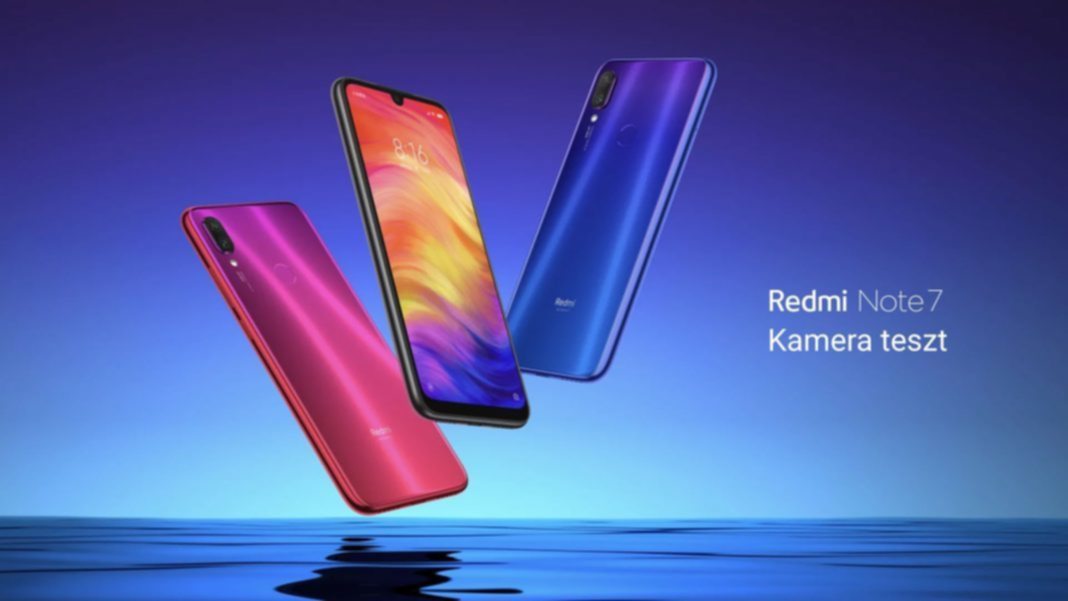













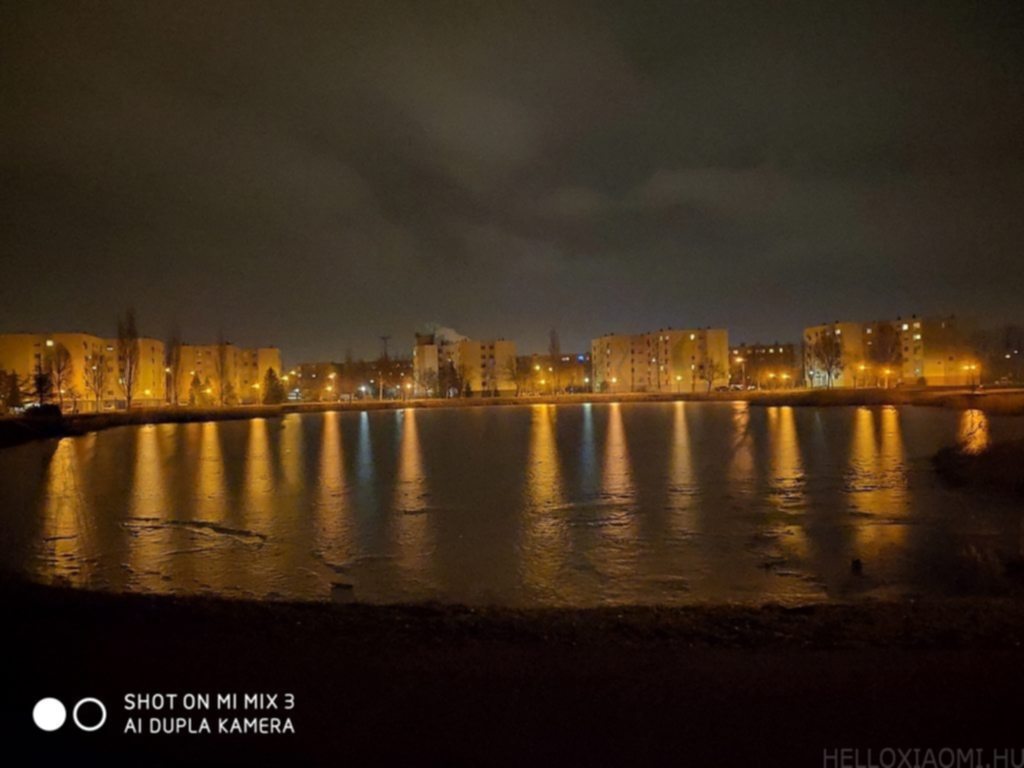


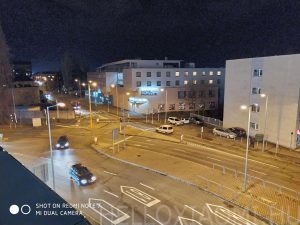



































![[150] HyperOS heti hibajelentés](https://helloxiaomi.hu/wp-content/uploads/2024/04/hyperosbugreportindex-218x150.webp)

